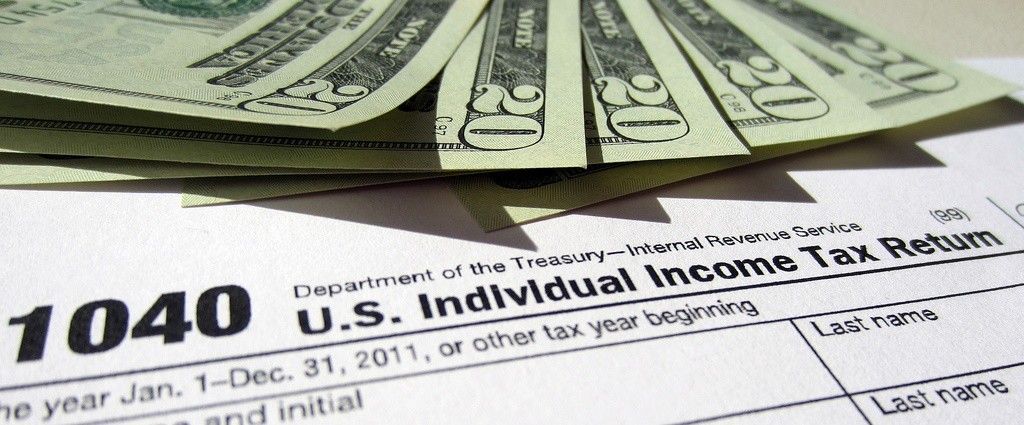Why Some Real Estate Losses Will NOT Reduce Your Taxes


As you probably already know, there are many different types of entities available to investors.
C corporations are often frowned upon due to their issue of double taxation. The corporation pays tax on the profit each year, and then any dividends that are paid to the owners are also taxed. This is a reason why LLCs, partnerships, and S corporations are great options when considering an entity. On the entity side, no federal income tax is paid, and instead the income or loss is factored into your personal tax return as pass-through income.
Pass-through income generates a potentially huge opportunity for tax planning. For example, if you had a year where your S corporation made quite a bit of money, then you can potentially use real estate professional status or a cost segregation study to offset some of that income.
On the other hand, if you have significant losses in your operating business, then perhaps you may want to consider selling some of your appreciated real estate and using the losses to avoid paying tax on the gain of sale. These planning ideas will, of course, depend on your specific tax situation and the type of investments that you have.
What comes as a surprise to many investors is that not all real estate losses will result in tax refunds every year. Some investors see that their real estate is expecting a large loss for the year and expect that the loss will offset all of their income. Believe it or not, there are times when a loss on your real estate or business may be useless in reducing your taxes. Here are some examples to take note of.
Do You Have Enough Basis?
An investor I met last year learned about tax basis the hard way last year. Gina felt confident that she was getting a refund due to the rather large losses generated from her S corporation. This was the first year of business for her S corporation, and it had around $50,000 in losses. It sounded like good news until it came time to prepare her returns. The loss was correct, but she unfortunately couldn’t take the full amount as a deduction on her personal returns. Why did this happen? Let’s take a look:
Gina had only contributed $10,000 of cash into her company during the year, and the rest of the expenses were paid by business loans and credit cards. Since her basis was only $10,000, her losses were limited to that amount. The remaining $40,000 loss was suspended, and Gina was not able to take the rest of the loss until she generated more basis, either through contributions to the company, loans to her company, or through net income in future years.
It is important to know what your basis is in your company, as this is important for taking losses and also taking distributions. This mistake could have been avoided by doing a year-end tax planning. Had Gina been able to contribute or lend her S corporation the additional $40,000, she may have been able to fully benefit from her business losses in that year.
Is This a Passive or Non-Passive Activity?
Another issue that investors sometimes face is that not all gains can be offset by losses and that not all losses can be taken automatically. Believe it or not, there are actually “different” types of losses in the tax world, and the amount of time that you participate in an activity can have an effect on how much you can take in losses.
To be considered a non-passive investor, you have to “materially participate” in the business. Generally, this is defined by:
- Working more than 500 hours in a business
- Doing substantially all of the work compared to all other employees and owners combined
- By working 100 hours without anyone else working more than you
If you are not a real estate professional or your adjusted gross income is above $150,000, your ability to take real estate losses may be limited. The good news is that passive losses do not disappear into thin air. Passive losses are carried forward into future years when they may be used.
The post Why Some Real Estate Losses Will NOT Reduce Your Taxes appeared first on Texas Investor Loans.
Recent Posts












